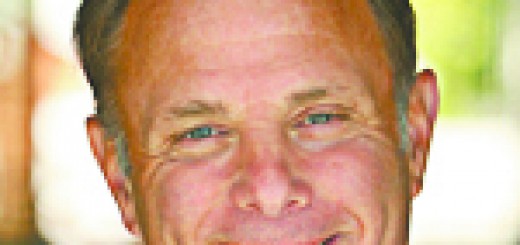Albert B. Feldstein passed away the end of last month at age 88. The memory of his work, the importance of his legacy and the effect his magazine had on me (and millions of others) back in the ’50s and ’60s makes me smile.
Feldstein was the editor of MAD magazine from 1956 until 1984. He was just one of a cast of creative writers and cartoonists who changed the landscape of humor and influenced a generation of baby boomers. MAD’s material was not as caustic or risqué as Lenny Bruce’s or George Carlin’s, but in its own way, it was just as subversive, mainly because on the surface it appeared gentler. It poked fun at American institutions (family, politics, relationships, movie plots), not by offending, but by educating and challenging the younger generation to think critically.
“We were telling our young readers that ‘Your parents are lying to you. The president is lying to you, Madison Avenue is lying to you,’” Feldman reflected years after he retired. Al Jaffe, another contributor, said, “MAD was designed to corrupt the minds of children, and from what I gather from the minds of people overall, we succeeded.”
Specific covers of the magazine are etched in my memory. Most were graced by Alfred E. Neuman, a Howdy-Doodyish looking fellow (now, with an eerie resemblance to both Bush 43 and Barack Obama) who came to represent MAD. It was Feldman who selected this likeness to be the publication’s mascot. The rest is mystery. Was the character a buffoon? A nerd? A savant? No matter – Alfred’s constant mantra “What, Me Worry?” brilliantly balanced the satirical content of the magazine with a dose of coping advice for youngsters like myself. After the Three Mile Island nuclear incident in 1979, Alfred’s refrain was briefly changed to “Yes, Me Worry.”
The cover that preceded the 1960 presidential election proclaimed “Congratulations, Mr. Nixon—We were with you all the way.” If you flipped the magazine over, the alternative front cover read: “Congratulations, Mr. Kennedy—We were with you all the way.” The political hedging was a commentary, of course, on punditry and slippery journalism … and it is just as fresh today.
Another favorite feature was “Snappy Answers to Stupid Questions,” by cartoonist Al Jaffee.
“Are they twins?” a man asks a woman standing with her two toddlers who look exactly alike.
“No, identical strangers,” is her retort.
“Going swimming?” a woman queries a man wading into the ocean.
“No,” says the man, nearing the water. “Walking to Japan.”
Another feature of MAD magazine was “The Lighter Side” by cartoonist Dave Berg. Berg lived in my hometown of New Rochelle, not a mile from my house. He was the precursor, I believe, to the kind of the observational humor that comprises contemporary comedy. His cartoon panels ended with biting observations about life in a typical family, often lampooning Roger Kaputnik, his own alter ego, in the strip.
The magazine included little asides (drop-ins) tucked in the margins of the text. They were probably overlooked by many readers, but I savored them. My favorite: If Rosemary DeCamp (an actress the ’40s) married William Kunstler (famous civil rights attorney), her name would be Rosemary DeCamp Kunstler. I loved that one because you had to “hear it,” in your head, not just see it in print.
I did very little research for this article, relying totally on memories from almost 50 years ago. My old teachers back in junior high school would probably have admonished that this is not a journalistic way to write about events that occurred a half century ago. All I can say is: “What, Me Worry?”



